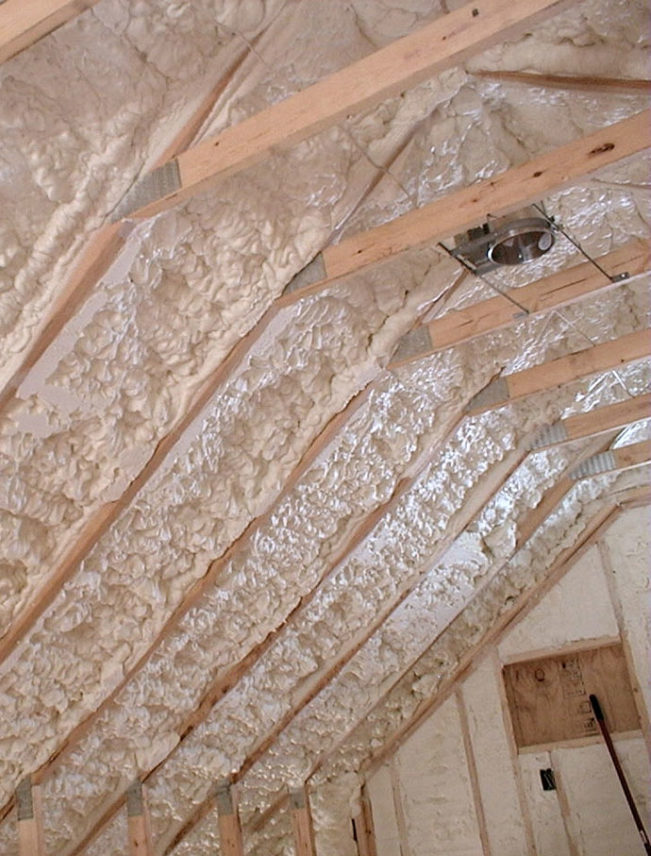



Buildings play a central role in all of our lives. In addition to providing safe spaces to work, live and socialize, buildings can help address a number of new challenges – from helping mitigate climate impacts, to improving occupant health and wellness, to increasing a building’s resilience to natural disasters and beyond.




Builders and their clients are often seeking to use materials that are repurposed from existing materials, contain recycled content, or are made to be more easily recyclable.
Chemical information sharing has been at the core of many discussions about chemicals in the built environment.
Architects and designers can earn CEUs through our series of educational courses.